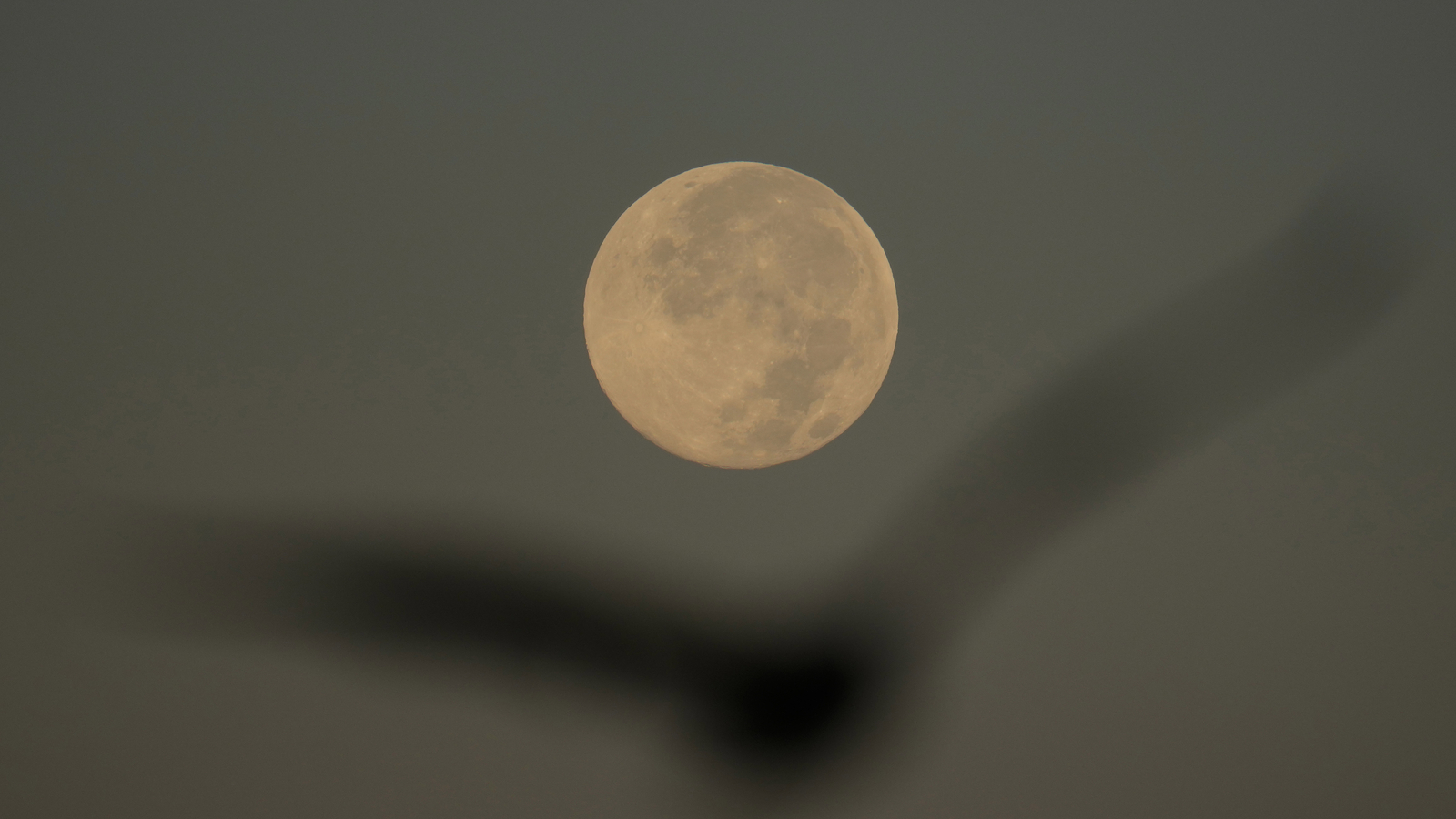
"The moon's orbit around the Earth isn't a perfect circle, so it gets nearer and farther as it swings around. A so-called supermoon happens when a full moon is closer to Earth in its orbit. That makes the moon look up to 14% bigger and 30% brighter than the faintest moon of the year, according to NASA. November's supermoon is the second of three supermoons this year and also the closest: The moon will come within just under 222,000 miles (357,000 kilometers) of Earth."
"Tides may be slightly higher during a supermoon because the moon is closer to Earth, said astronomer Lawrence Wasserman with Lowell Observatory. But the difference isn't very noticeable. No special equipment is needed to view the supermoon if clear skies permit. But the change in the moon's size can be tough to discern with the naked eye. "The difference is most obvious as a comparison between other images or observations," said Shannon Schmoll, director of Abrams Planetarium at Michigan State University, in an email."
The moon's orbit around Earth is elliptical, causing varying distances. A supermoon occurs when a full moon is near perigee, making it appear up to 14% larger and 30% brighter than the year's faintest full moon. November's supermoon will be the second of three this year and the closest, with the moon coming within just under 222,000 miles (357,000 kilometers). Tides may be slightly higher during a supermoon, but the difference is minimal. No special equipment is required to view the event, though the size change is often difficult to discern without comparing images. Another supermoon will occur in December.
Read at ABC7 Los Angeles
Unable to calculate read time
Collection
[
|
...
]